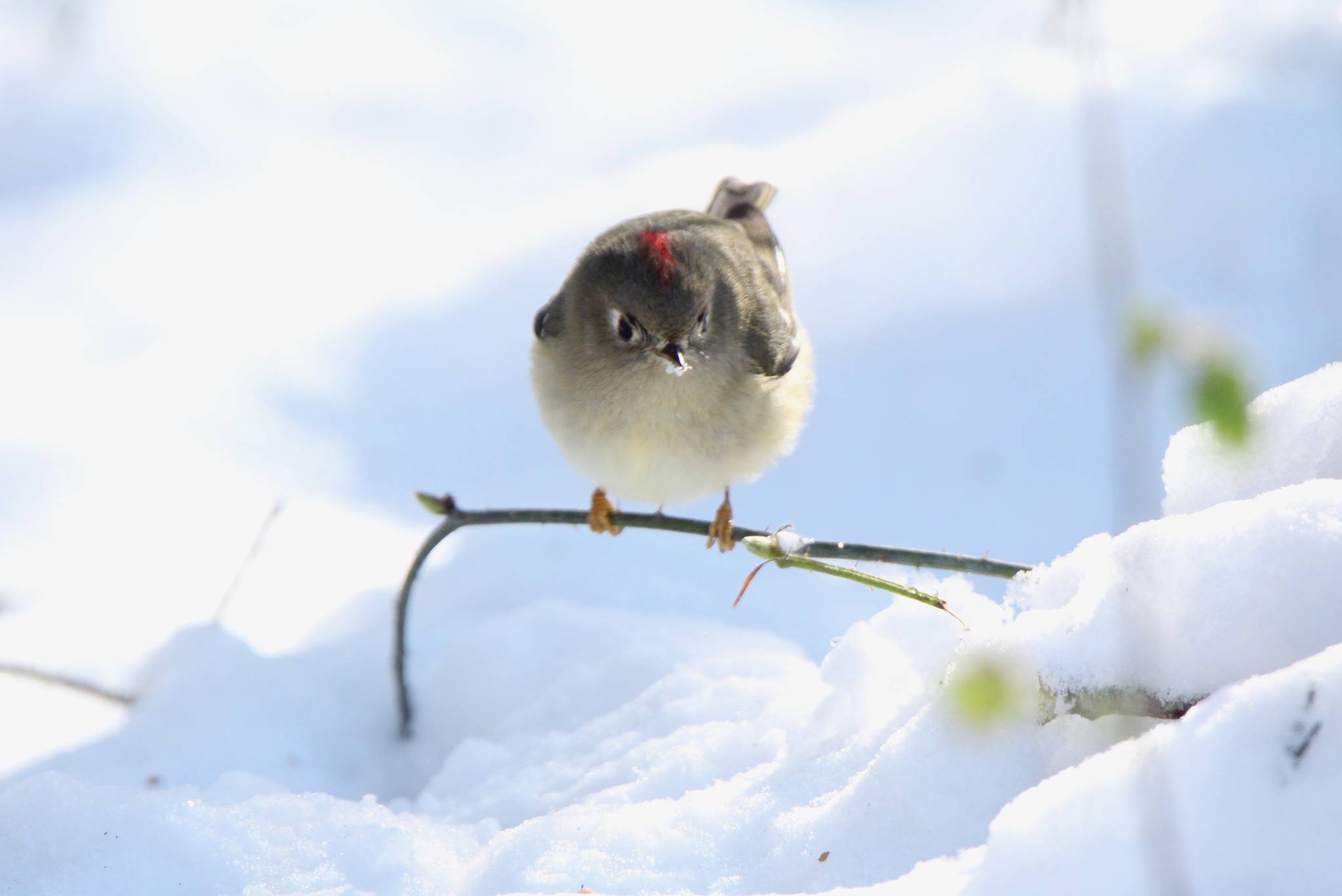South Whidbey residents have the opportunity to help keep an eye on the avian population of South Whidbey, which could mean trampling outside in rural areas with a group of knowledgeable observers or watching what feathery creatures alight on a backyard feeder.
In its ninth year, the Audubon Society’s South Whidbey Christmas Bird Count is still a fledgling operation, especially compared to the first bird counts that began on the East Coast 120 years ago. Yet eagle-eyed counters have spotted more than 100 different species and thousands of individual birds in past counts.
Govinda Holtby, the compiler of the numbers, said the group could use some more volunteers for this year’s survey, which is set for Saturday, Dec. 28. People don’t necessarily have be fluent in bird identification and will likely pick up a lot of information from fellow observers.
“The best way to learn to bird is to hang out with knowledgeable people in the field,” Holtby said, adding that she’s hoping more young people will sign on since many of the current volunteers are getting up in years.
In addition, she explained that people can help out by counting the feathery friends that come to their feeders on that day. People with property that is conducive to bird life can assist the effort by allowing the reckoners access to the land.
The Audubon has protocols about how birds are recorded, she said, but it’s not overly complicated. The counts are conducted within a circle 15 miles in diameter. For South Whidbey, that’s roughly from the Greenbank area to the Clinton ferry dock.
The Christmas Bird Count is more important than ever, Holtby said. The years of collected data acts as a canary in the coal mine for the health of the avian world.
More than 300 peer-reviewed, scientific studies have used bird count data over the years. One of those studies, published this fall, finds that there’s been a steady decline in North American bird populations since 1970. The continent lost more than a quarter of its birds.
“This documentation is what enabled Audubon scientists to discover that 314 species of North American birds are threatened by global warming as reported in Audubon’s groundbreaking Birds and Climate Change Study,” the Audubon reports. “The tradition of counting birds combined with modern technology and mapping is enabling researchers to make discoveries that were not possible in earlier decades.”
With only nine years of data, Holtby said the count on South Whidbey — “a snapshot of a particular time” — doesn’t offer a lot of information about the health of birdlife in the area, though she’s heard anecdotal accounts of the decline in the numbers. One resident remembers seeing about 500 western grebes in the water near the Greenbank farm.
“It was like a raft of them,” she said.
But there’s still a lot of birds to be watched. A couple of the rarest birds spotted included a brown pelican that hung out at the ferry dock for a time and white-throated sparrows. The most common ones seen are the American robin and various shorebirds.
The Christmas bird count has been going on at the North End for 33 years. This year it is Dec. 14. Jay Adams, the compiler, said additional volunteers aren’t needed at this point, though everyone is welcome to get involved with the Whidbey Audubon Society.
Holtby asks people who are interested in taking part in the South Whidbey count to let her know by Dec. 10. She can be reached at govinda@whidbey.com.



